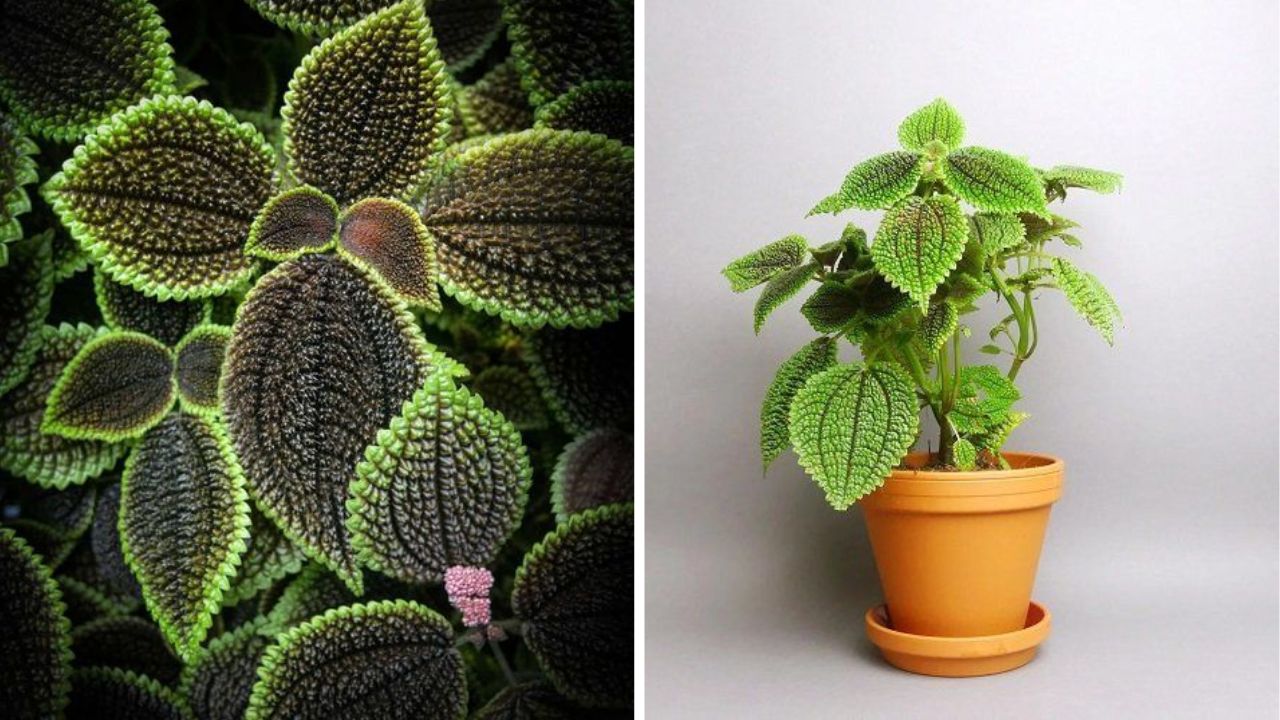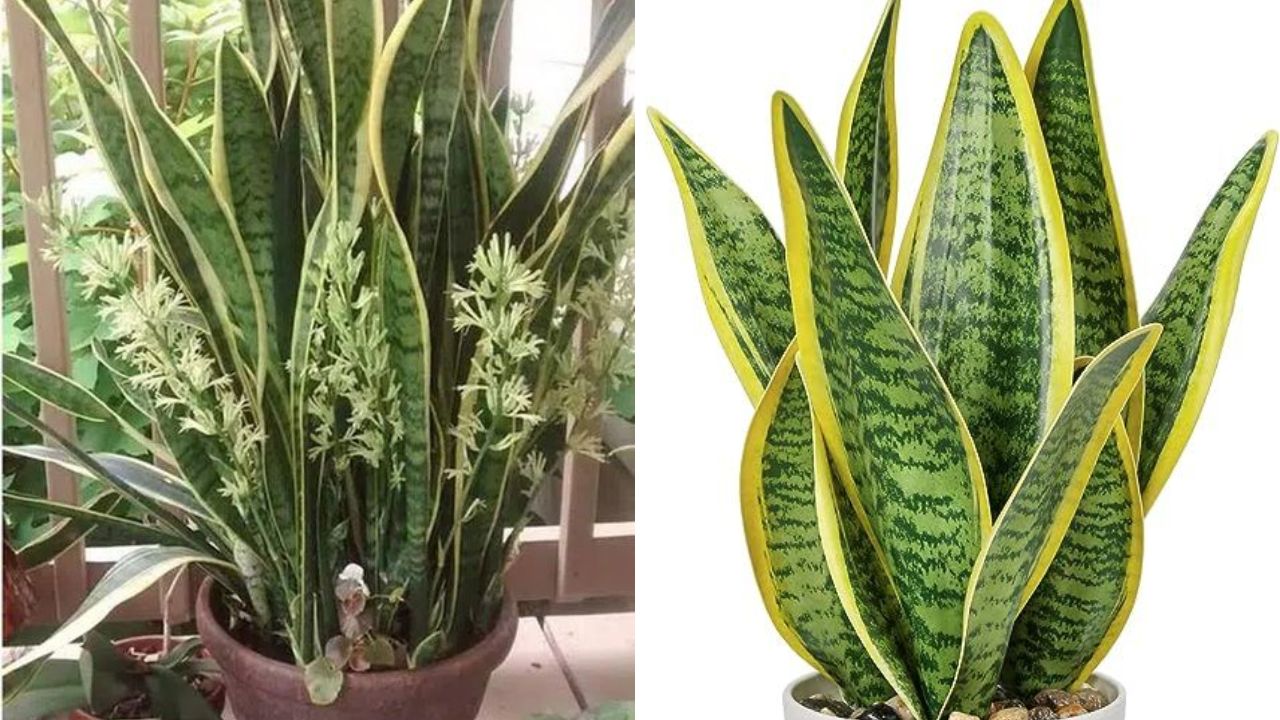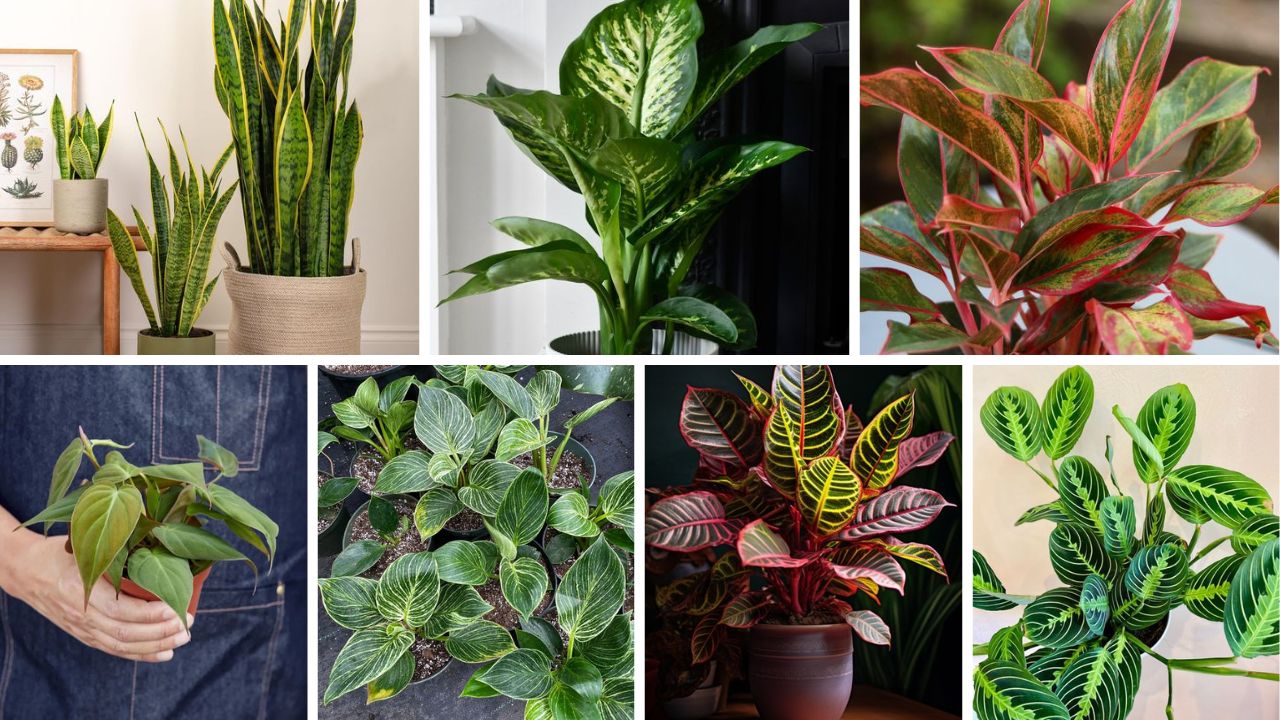
Pilea Involucrata Complete Guide To Grow And Care
The friendship plant, Pilea involucrata, is named for its silver and bronze metallic colorations and its deeply veined, textured leaves. It’s crucial to remember that Pilea mollis, another plant known as the friendship plant, is sometimes confused with this one. Specifically, Pilea involucrata will be covered in this book. It can be identified by its ovate, opposing pairs of leaves, and distinctive foliage colors. This plant is a creeper that looks great in terrariums and is also a houseplant that is safe for pets.
Pilea Involucrata Plant Overview

| Common Name | Friendship plant |
| Botanical Name | Pilea involucrata |
| Family | Urticaceae |
| Plant Type | Perennial |
| Mature Size | 6-12 in. tall, 6-12 in. wide |
| Sun Exposure | Partial |
| Soil Type | Loamy, Moist but Well-drained |
| Soil pH | Acidic, Neutral |
| Bloom Time | Spring |
| Flower Color | Pink |
| Hardiness Zones | 11-12, USA |
| Native Area | South America, Central America |
Pilea Involucrata Care

The following are the primary maintenance needs for Pilea involucrata growth:
- Plant in nutrient-rich soil that is loose and drains well.
- Place out of direct sunlight in a well-lit area.
- Water the soil frequently, but avoid flooding it.
- During the growing season, apply a fertilizer that is half-strength and well-balanced.
Light Requirements
On the floors of rainforests, where they are shielded from harsh, direct sunlight but yet receive dappled, filtered light, lie pilea plants. As a result, make sure to protect your friendship plant from direct sunlight, which will scorch its leaves. It should be placed where it will receive indirect, bright light. A kitchen counter with a window toward the west or south is functional.
Soil and Potting

Soil that is rich, loamy, and drains well is ideal. The Pilea plant will be able to stay damp but not drenched as a result. An excellent combination that allows for drainage without drying up too rapidly is compost, perlite, and coco coir. Rather than becoming solid and heavy, the soil ingredient blend will stay light and airy.
Watering
Pilea involucrata does not want to dry out and prefers constant hydration. Water these plants frequently as a result. On the other hand, stay away from overwatering as this might cause damp soil and root rot. Feel the soil on your Pilea to see if it needs watering. It’s time to water the plant if the top inch or two are dry. Permit any extra water to evaporate. In the growing season, you will require more frequent irrigation. Reduce the amount of watering in the winter.
Temperature and Environment
This tropical houseplant needs moderate to high humidity levels to stay healthy. The optimal humidity level is 60% or above. You could want to keep this plant in a terrarium, set it up on top of a pebble tray or next to a humidifier, or shower the leaves to do this.
The ideal temperature range for the friendship plant is 60 to 80 degrees Fahrenheit. This normally poses no issue when kept as a houseplant, and you shouldn’t have to change the temperature to protect your plant. If you choose to keep this plant outside, make sure to bring it inside when the weather drops below sixty degrees.
Fertilization
When it comes to fertilizer, Pilea involucrata is not particular. For optimal growth, give this plant a monthly dose of half-strength diluted liquid fertilizer that is well-balanced. Don’t use fertilizer in the winter.
Propagating Pilea Involucrata
Pilea involucrata’s popular name originated from its incredibly simple propagation. They got the nickname “friendship plant” because they were so simple to spread and exchange.
Using stem cuttings, you can quickly assemble a sizable collection of these plants to gift to friends. You will need a container with drainage holes, loamy soil that drains well, rooting hormones, snips, and a plastic bag for this. then adhere to these guidelines:
- Select a stem with several sets of leaves that is three to four inches long. Ensure there are two or more nodes in the stem.
- Using a clean, sharp pair of scissors, cut the stem. In areas where the stem will be in the ground, remove the lowest sets of leaves.
- Add the rooting hormone to the cutting and dip.
- Plant the cutting in loamy, wet soil, pressing the earth into the cutting’s upright position. Just watch out that the earth doesn’t become overly compacted or hard.
- To raise the humidity, place the plastic bag over the pot.
- Place the pot in a well-lit, partially indirect place.
- Every day, let the bag air out, and water the soil when it starts to dry out.
- In a few weeks, roots should start to form. After that, take the bag off and continue to take care of the plant as normal.
Potting and Repotting Pilea Involucrata
Because Pilea involucrata grow at a medium rate and remain small, they won’t require frequent repotting. When they reach maturity, which typically takes three to five years, they might need to be repotted once every two years. When you see roots coming through the pot’s drainage holes and the plant is root-bound, it’s time to repot.
When repotting your friendship plant, use a pot that is one to two inches bigger than the one it is in now. After that, carefully remove the Pilea from its pot and put it in the bigger pot with the more loamy, draining soil. To avoid causing the plant undue stress, make sure to bury it at the same depth as before. Give it some water and care for it as usual.
Common Problems With Pilea Involucrata
When placed in the proper setting, Pilea involucrata rarely causes issues. However, if the circumstances are not optimal, it can encounter problems. Let’s examine a few typical issues this plant faces.
Brown Edged Leaves
Low humidity levels are indicated by brown leaves on houseplants. As previously said, moderate to extremely high humidity levels are ideal for these plants. It is therefore essential that you raise the humidity. This can be achieved by spraying the leaves, setting the plant on top of a tray filled with water and stones, or putting it close to a humidifier. You can also relocate it to a more humid location, like a bathroom, but bear in mind that the plant requires bright, indirect light.
Yellow, Drooping Leaves
If nothing is done, yellow leaves can swiftly develop into root rot and are occasionally an indication of overwatering. Don’t water the soil until it starts to dry out. You’ll need to replace the damp soil with a combination that drains more effectively. Even if the leaves are where the issue is, you should still check the stem and roots for rot, which manifests as brown, mushy patches. To try to rescue the plant, remove the rotten areas if this happens. Replant in loamy soil that drains nicely after that.
Also Read: Candytuft Complete Guide To Grow And Care














One thought on “Pilea Involucrata Complete Guide To Grow And Care”